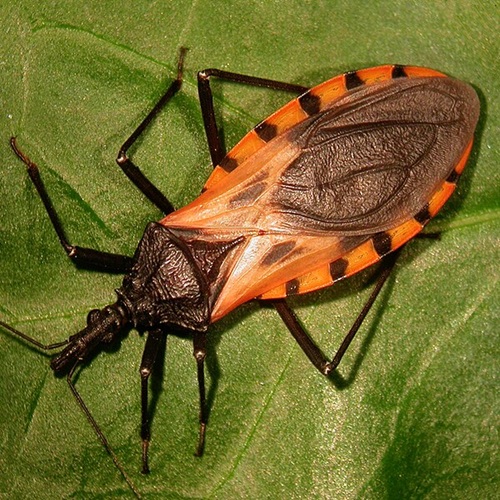
When she was a kid, Emiliana Rodríguez, who is from Bolivia, saw some friends playing soccer at night. Suddenly, one of the players fell down and died. Back then, she didn't really get what was going on, but later she found out about Chagas disease, which is a scary illness that people say only comes out at night. Her friend was one of the 12,000 people who die from Chagas disease every year. This disease is called a “silent and silenced illness” because it is spread by nighttime bugs and affects around 8 million people each year.
Even though Emiliana moved from Bolivia to Barcelona 27 years ago, she still deals with Chagas disease, which she calls a “monster.” “The fear usually came at night. Sometimes I couldn't sleep,” she shared. “I was scared of going to sleep and not waking up.” She found out she had Chagas disease eight years ago when she was pregnant with her first child. The memories of her friend's sudden death came rushing back. “I was frozen with shock,” she remembered. “I thought about all the stories my family told me about people dying unexpectedly, and I worried, ‘What will happen to my baby?'”
Luckily, Rodríguez got treatment to stop the parasite from reaching her unborn child through the placenta. Her baby girl tested negative for the disease. A Mother's Unexpected Diagnosis. In Mexico, Elvira Idalia Hernández Cuevas had never heard of Chagas disease until her 18-year-old daughter was diagnosed. Idalia's daughter gave blood in her hometown near Veracruz, and during testing, doctors found out she had the disease, which is spread by triatomine bugs—often called kissing or vampire bugs—that feed on human blood. “I had never heard of Chagas before, so I started looking it up online,” Hernández said in an interview. “I was so scared when I read it was called a silent killer. I didn't know where to go or what to do.” Many people still don't know that these bugs can spread serious diseases.
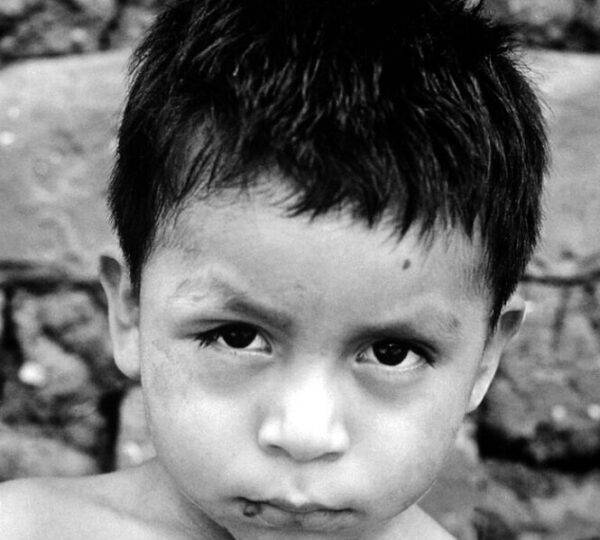
A Discovery Over a Century Ago
Chagas disease was first discovered by a Brazilian doctor named Carlos Ribeiro Justiniano Chagas in 1909, when he recorded the first human case.
Since then, the area where Chagas is found has grown beyond just Latin America to include parts of Europe, Asia, and Oceania.
At night, while people are sleeping, kissing bugs come out from cracks and walls in homes that are low-income and in rural or suburban areas.
The parasite called Trypanosoma cruzi spreads when an infected bug bites a person or an animal and then poops near the bite.
If someone scratches the bite, the parasite can get into the body through the skin or mucous membranes.
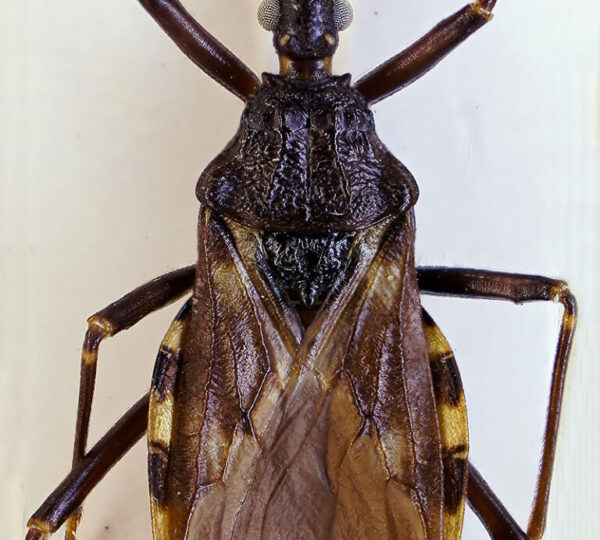
A Hidden Epidemic
The World Health Organization (WHO) estimates that 6 to 7 million people worldwide live with Chagas disease, many of whom are unaware of their infection. The disease mainly affects people in Mexico, Central America, and South America, and can remain untreated for life. Approximately 12,000 people die annually from Chagas, a toll that surpasses other parasitic diseases like malaria in Latin America. Although nearly 300,000 people in the United States are infected, Chagas is not considered endemic there. Even without symptoms, 20-30% of those infected may develop serious heart or gastrointestinal complications decades after infection, according to the Centers for Disease Control and Prevention (CDC).
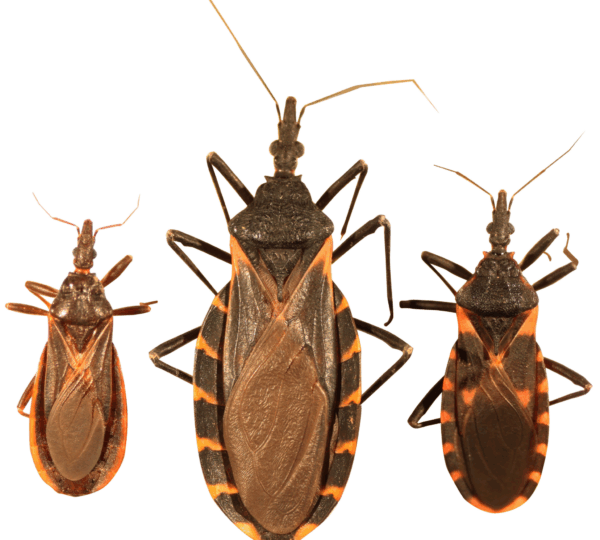
Challenges in Diagnosis and Treatment
Only around 10% of people infected globally get diagnosed. This low rate of detection, combined with a lack of awareness among doctors, makes it harder to treat and prevent the disease. Hernández and her daughter visited several doctors but had a tough time finding someone who knew what they were doing. “I was scared and sad, thinking my daughter might die,” Hernández shared. “The absence of trustworthy information just made my anxiety worse.” She mentioned that in Mexico, many doctors mix up Chagas with other heart conditions because they haven't been properly trained. “The authorities claim it's under control, but that's not the truth,” she added. The WHO labels Chagas as a neglected tropical disease, suffering from both biological and social neglect.
Current Treatments and Research
Colin Forsyth, who manages research at the Drugs for Neglected Diseases Initiative (DNDi), stated that Chagas is often ignored because it can remain silent in the body for a long time, making early detection difficult. The disease can also be passed from mother to child during pregnancy or childbirth, as well as through blood transfusions and organ transplants, spreading it beyond the usual areas. The Chagas Hub, led by Dr. David Moore at London's Hospital for Tropical Diseases, is working to boost testing and treatment, especially to stop mother-to-child transmission. Moore acknowledges that progress is slow. “The goal to eliminate Chagas by 2030 seems very unlikely,” he said. The current medications—benznidazole and nifurtimox—have been around for more than 50 years. These drugs can be toxic, uncomfortable, and not always effective, particularly in adults.
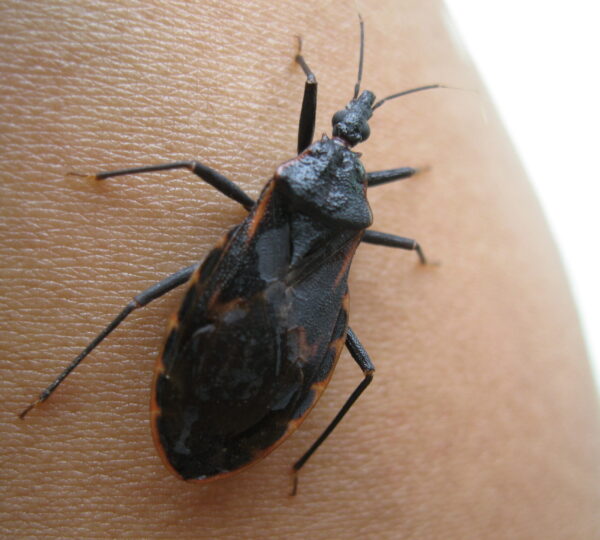
Newborns can be treated successfully if they get help early, but for adults, treatment only slows down the disease without ensuring it will work. Rodríguez had side effects like an allergic rash, feeling dizzy, and nausea during her treatment, but she has finished it and now goes for checkups every year.
Pharmaceutical companies don't have much motivation to create new treatments because the market is small.
Raising Awareness
Hernández, who is the president of the International Federation of Associations of People Affected by Chagas Disease (FINDECHAGAS), is working to make sure the voices of those affected are heard and to push for better treatments. In Spain, Rodríguez is teaming up with the Barcelona Institute for Global Health to help people learn more about Chagas disease. “I'm tired of the silence,” she said. “I want people to talk about Chagas, get tested, and receive treatment.”
Global Efforts
To honor Dr. Carlos Chagas' discovery, the World Health Organization has named April 14 as World Chagas Disease Day to encourage awareness and action. The WHO has set global health goals for 2030 that include preventing, controlling, and eliminating many diseases, including Chagas.
Preventing Kissing Bug Infestations
The CDC recommends the following steps to reduce the risk of kissing bug infestations:
- Seal gaps between floors, ceilings, walls, and doors.
- Remove debris around your home.
- Repair and use window and door screens.
- Block access points to basements, attics, and other parts of the house.
- Keep pets indoors, especially at night.
- Maintain cleanliness in and around pet areas and inspect regularly for pests.
If you find a kissing bug, avoid squashing it. Instead, place it carefully into a jar and either fill the jar with rubbing alcohol or freeze it in water.












